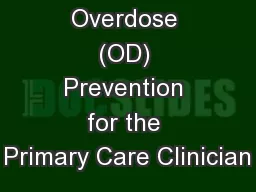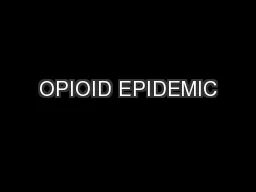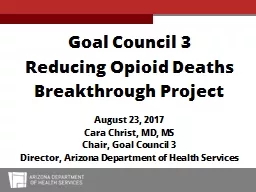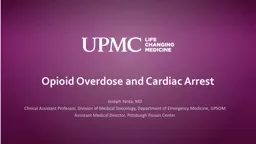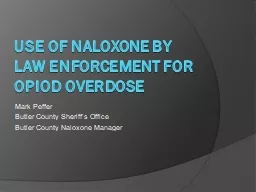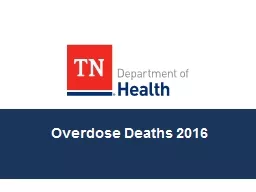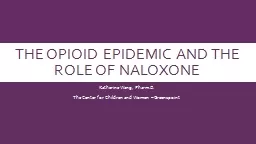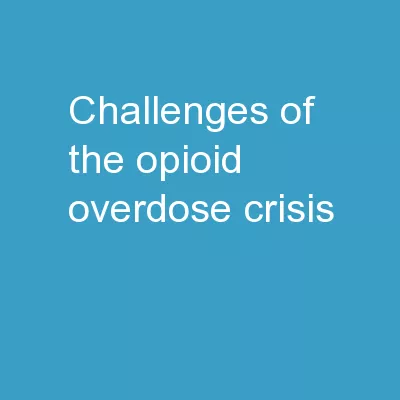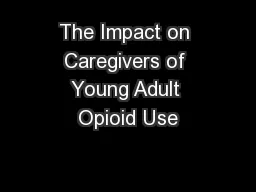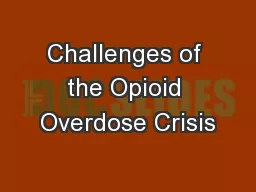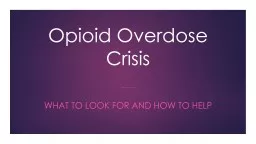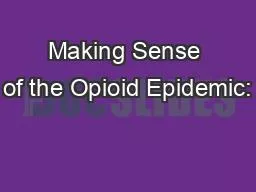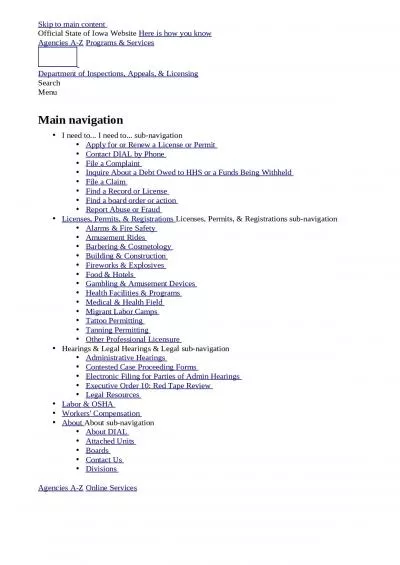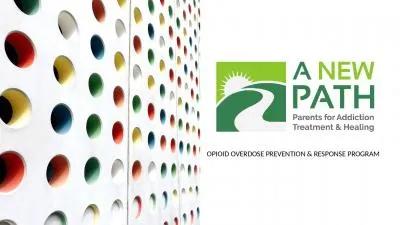PPT-Opioid Overdose (OD) Prevention for the Primary Care Clinician
Author : calandra-battersby | Published Date : 2018-10-22
September 13 2016 Grand Rounds Department of Family amp Community Medicine Baylor College of Medicine Objectives Discuss indications for having a naloxone overdose
Presentation Embed Code
Download Presentation
Download Presentation The PPT/PDF document "Opioid Overdose (OD) Prevention for the ..." is the property of its rightful owner. Permission is granted to download and print the materials on this website for personal, non-commercial use only, and to display it on your personal computer provided you do not modify the materials and that you retain all copyright notices contained in the materials. By downloading content from our website, you accept the terms of this agreement.
Opioid Overdose (OD) Prevention for the Primary Care Clinician: Transcript
Download Rules Of Document
"Opioid Overdose (OD) Prevention for the Primary Care Clinician"The content belongs to its owner. You may download and print it for personal use, without modification, and keep all copyright notices. By downloading, you agree to these terms.
Related Documents

